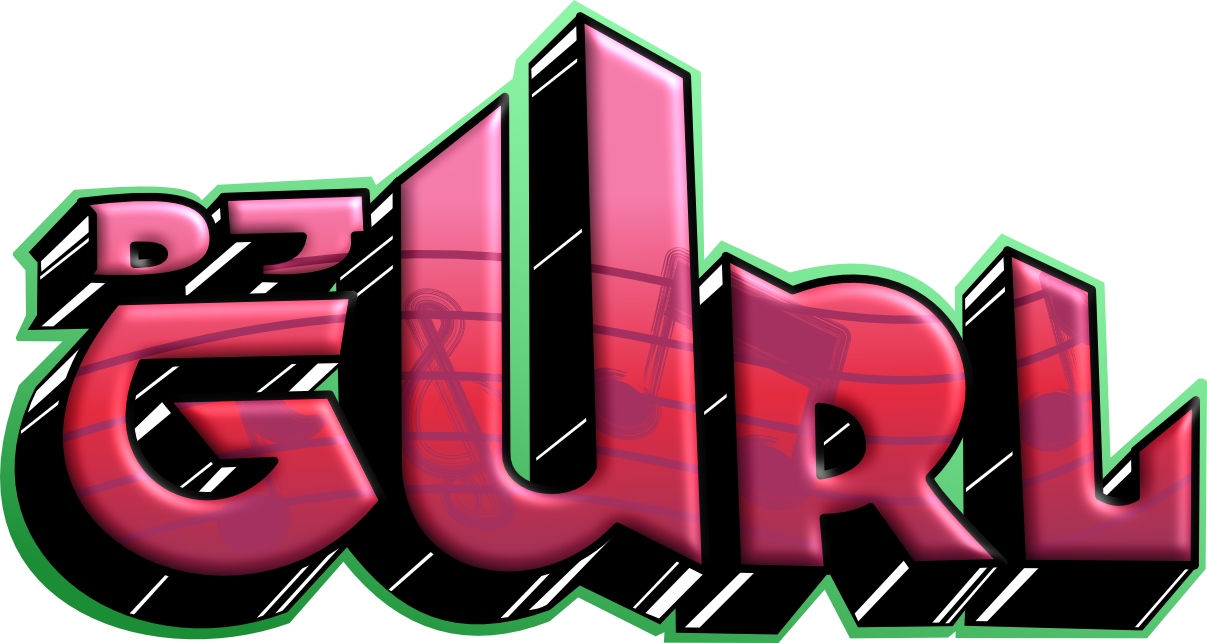Create your Best DJ sets by Mixing in Key.
Have you struggled with getting your DJ mixes to sound perfect like the pros?
There’s several factors that can go into creating a great DJ set, however if you’re not mixing in key then you’re missing out on all the fun.
-check out my article on How to Create a Great DJ Set

No, you don’t have to be a musician, or have a keen ear for recognizing song keys, there’s software for that.
And what’s even more awesome is now a lot of DJ softwares like Serato DJ Pro automatically show you the keys of most songs upon loading it into the program.
Honestly, I never use to pay much attention to the key of songs I played, and many other DJs I knew back then didn’t do it either.
But, one day I came to my senses and realized how much better my DJ sets sounded once I seriously mixed a set in key.
Mixing in key means to mix songs together with the same or compatible keys.
This means that the tune of the instruments in a song are mostly played in a certain key. Usually this certain key will sound well being mixed into a song with the same or similar keys.
You can find the key of a song several different ways.
First, simply see if your DJ software automatically generates the song key when you load it into the software. For Serato DJ users this should be the case.
However, sometimes the DJ software doesn’t pick up the song key, or in rare cases the key that is generated in the software is not correct to what it actually is.
In this case you can do 3 things to find the key of a song:
1. You can simply ask Google if it knows the key of your song, and sometimes you’ll be in luck.
2. You can go to a website I often use called TuneBat – All you do is drag and drop your song into their website analyzer and within seconds it will generate the key of the song along with other song info. You can analyze whole song list at a time too.
3. You can buy the software Mixed In Key which also offers other song metrics that will help your mixing skills.
In traditional music theory talk song keys are labeled in major and minor keys, and separated by flats and sharps.
If you’re a producer DJ then you should know all about this stuff.
However, in DJ talk we differentiate our song keys with the numbers 1-12, and with the letters A or B. The numbers correlate to the different major and minor song keys, and the sharps and flats are labeled as A or B.
Have you seen this color coded wheel before? Well, get familiar with it. This is called the Camelot Wheel which easily shows you which keys match well with each other. Let me show you how it works…

Once you have found the key of your song all you have to do is match the key of your song to the proper number and letter on the wheel. Then pick other songs that have the same key as your song, or pick songs that have keys that fall into the boxes that are either to the immediate right, left, above, or below your chosen song.
For instance, if you have a song in the key of 7A (D minor) then sonically you would want to pick another 7A song to mix it with, or a song that has a key of 6A (G minor), 8A (A minor), or 7B (F Major).
However, this doesn’t always have to be the case.
It is completely ok to throw in some curveballs from time to time to spice up your set a bit.
For instance, going from 7A to 9A. You can make it work perfectly depending on how you choose to mix together these off-key songs.
I do this all the time.
Let’s take a look at my latest mix for instance, Sound Lounge 10.
Look at the “key” section in the picture below.
Notice the different color codes? They correspond to the colors on the Camelot Wheel.
As you can see for the majority of the mix I mixed in key, however, a few times throughout the mix I jumped to keys that don’t “correctly” match.
You would never think so though when listening to the mix.

Look at track 4 which is a 9A key I mixed into track 5, which has a 5B song key. Totally off right!
However, when track 4 hit a more quiet part of the track where drums and other major instruments weren’t so loud I eased in track 5 while track 4 was fading out.
By doing this I prevented the instruments (from both tracks) from clashing with each other.
You can usually see where drums and snares and other sounds are loudest in the track by looking at the color-coded waveforms in your DJ software.
I’ll go deeper into reading song waveforms in a later post.

Not all DJ programs offer color coded sound waves so it may be a little different for everybody, and honestly it’s really not that big of a deal.
Well, I hope this helps put you on the path to better mixing practices for your DJ sets.
Have any questions, leave it in the comments below. Good luck!



